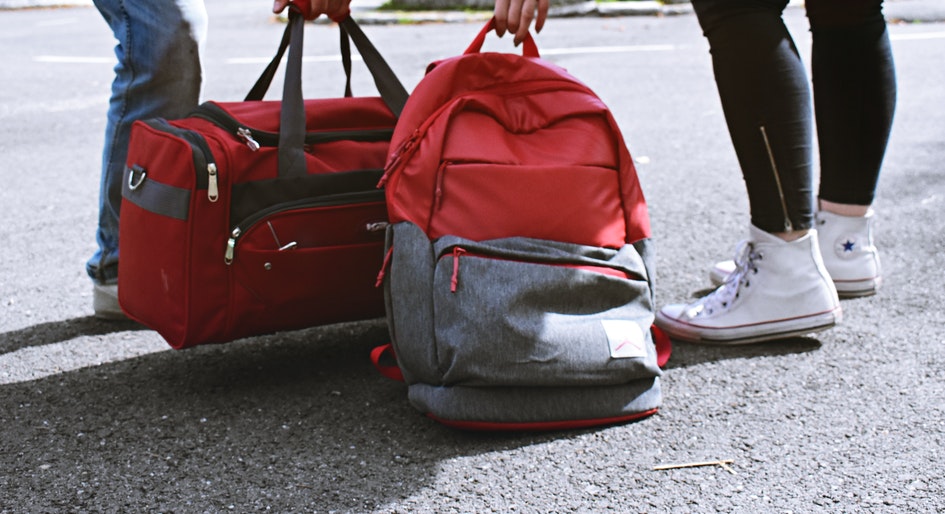Following what’s characterized as the most difficult quarter yet recorded for Canadian hotel owners and operators, industry analysts are tracking the arduous climb back from the early April trough when the national occupancy rate bottomed out at 12 per cent. Colliers Hotels’ recently released INNvestment report now concludes the sector has moved from survival to recovery mode as it absorbs and responds to a 54.2 per cent year-over-year drop in revenue per available room (RevPAR) and a 46 per cent year-over-year slide in occupancy for the first half of 2020.
The national occupancy rate had inched up to nearly 29 per cent by early July as inter-regional and inter-provincial travel restrictions gradually eased. However, overnight visits from outside the country have dropped dramatically with the closure of the Canada-U.S. border and other restrictions on international air travel. Last year, approximately 25 million Americans and 7.5 million visitors from other countries entered Canada.
It’s estimated Canada hosted just 93,000 overnight visits from outside the country during April, May and June versus more than 6 million in the same period of 2019. Prior to the COVID-19 outbreak, Canada welcomed greater numbers of international overnight visitors than in January and February of the previous year, but since then year-over-year overnight stays have declined by more than 72 per cent.
Staycation demand would have to surge to remarkably unprecedented levels to begin to fill the void. Nevertheless, it is considered a key, yet slippery element of hotel recovery. The INNvestment report acknowledges that close-to-home travel will represent a significant share of summer business and that many of those travellers will pick destinations somewhat impulsively.
“The recovery will likely include exceedingly short planning times driven by gradual lifts of the travel restrictions and very short booking windows as travellers monitor the situation,” it advises. “Hoteliers are being creative to tap into new segments of demand and shift marketing efforts to a more local approach.”
Turning to investment activity, BC Housing emerged definitively as the most prominent buyer of the second quarter, buying four hotels — two each in Vancouver and Victoria — to convert to other housing uses. The nearly $108 million investment translates to $270,000 per suite and represents 54 per cent of trade value for the quarter. Two other properties were also purchased to be converted. However, only one of this spring’s transactions involved a distressed property.
Year-to-date trade value of $500 million lags $830 million in trades during the first half of 2019. A total of 12 deals during April, May and June was down from 23 in the first quarter and 36 in the second quarter of 2019.
“Reflective of the challenges hotel owners are facing, sellers for the most part were reluctant to value their hotels on depressed income levels,” the report notes. “As the market slowly recovers and demand for accommodations returns, we predict increased transaction activity for the second half of the year.”







